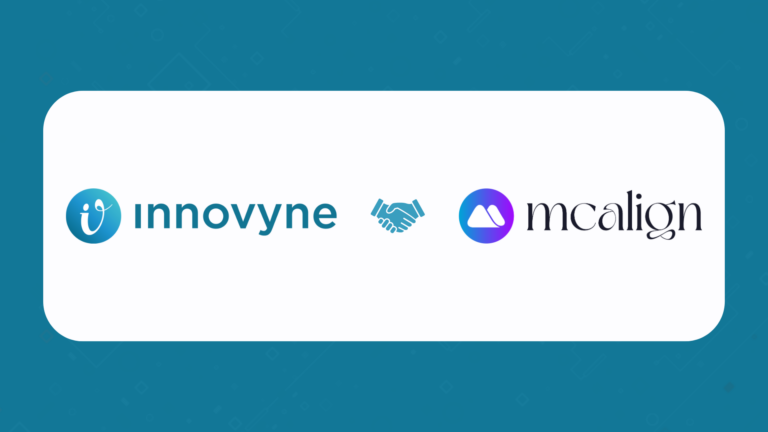Since January 2018, companies are expected to adhere to a new revenue recognition called ASC 606.
Previously, it was accepted that the revenue recognition standards between the generally accepted accounting principles (GAAP) in the United States and the regulations set by the International Financial Reporting standards (IFRS) would differ. However, in 2018, the Financial Accounting Standards Board (FASB) and the International Accounting Standard Board (IASB) launched a joint initiative to create a set of standard global practices resulting in the announcement of ASC 606.
The primary objective of ASC 606 is international alignment on how companies recognize revenue from contracts with customers. These changes affect accounting practices around revenue recognition as well as expense matching. In adhering to the new regulation, companies must address the following five steps:
- Identify the contracts with the customer
- Identify the separate performance obligations with the contract
- Determine the transaction price
- Allocate the transaction price to separate performance obligations
- Recognize revenue when, or as, each performance obligation is satisfied
Along with the impact on revenue recognition, ASC 606 affects any costs amortized over the time required to fulfill the performance obligations of the contract. Commission costs are an example of such an expense. Prior to this evolution of accounting rules, compensation administrators were able to recognize commission costs in the period the contract was executed to offset any revenues. To satisfy the ASC 606 terms, compensation administration teams will now be responsible to track any sales commissions and payouts at the level of detail outlined by the new rule.
These changes have direct implications on how and where commissions are calculated and maintained. Error-prone spreadsheets with complex macros add a great deal of strain on time and resources of the compensation or sales operations departments due to the inefficiency tied to maintenance. Moreover, it is difficult to always accurately pinpoint the flow of data from the required level of detail to the commission expense. This is the key reason many companies have been turning to Incentive Compensation Management (ICM) solutions to help with regulatory compliance.
ICM systems are designed to accommodate large volumes of data and plan complexity without compromising accuracy and efficiency. Robust ICM systems also support regulatory compliance by easily allowing the user to navigate and map the flow of data from final payout down to the transactional level detail.
As the new mandate will affect compensation program structure and data requirements, many sales compensation teams are thinking through the following areas of existing and future compensation programs to ensure ASC 606 compliance.
“Do we have the required data?”
With the new rules, it is imperative that the fundamental building block of any compensation program, i.e. data, should be comprehensive, available and easily accessible. Firstly, is the necessary data related to contracts being captured for the purpose of commission expense recognition? If the correct fields exist, is the compensation administration team able to access the transactional details to fulfill the conditions of ASC 606? And lastly, how easily can the team access historical or prior year data?
“Have we set up our calculations correctly?”
A key factor for ASC 606 compliance is the ability to tie payouts or commission expense to the required transactional detail. It is imperative that the plan logic reflects the regulatory requirements so that the flow of data from payout to original transactional data.
“Can we access, analyze and report on required data easily?”
One of the major challenges for an administration team running compensation programs on spreadsheets or in-house systems is the lack of ability to easily run reports. Assuming all the needed data exists, is it in a format that can be quickly and easily extracted and displayed for other stakeholders such as the accounting team to recognize commission expenses in the correct period to ensure audit compliance?
As the economy grows, regulations are bound to evolve to accommodate the changing times. Knowing this, responsible organizations are now taking the approach of being pro-active in regulation compliance readiness instead of being taken by surprise.
Learn more about how your organization can be better enabled for regulatory compliance readiness by contacting us.



